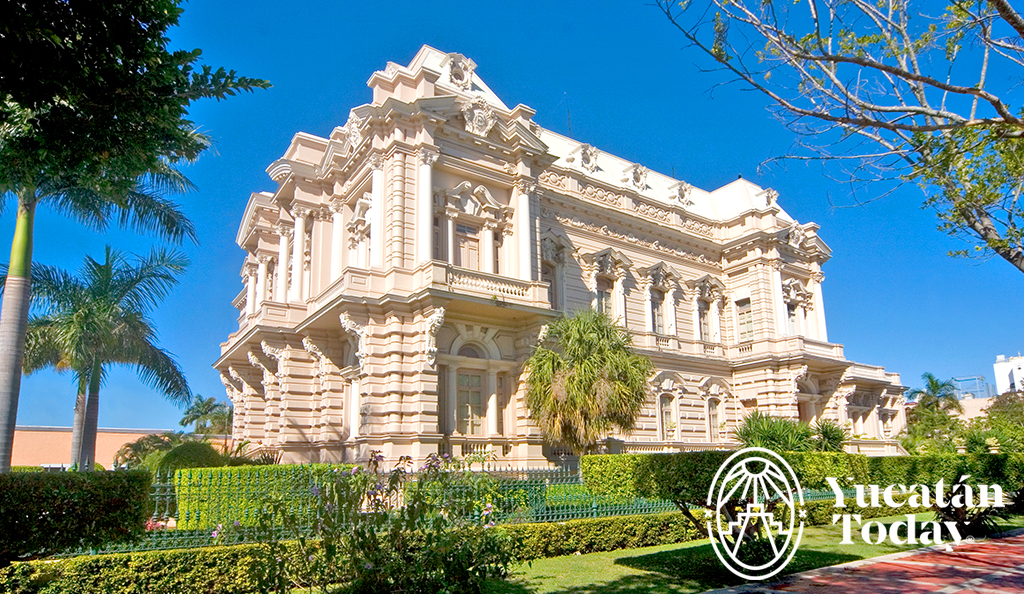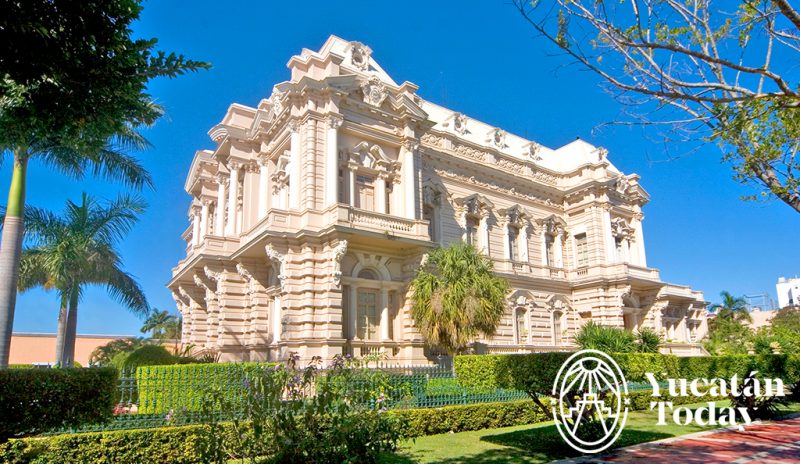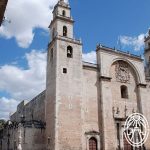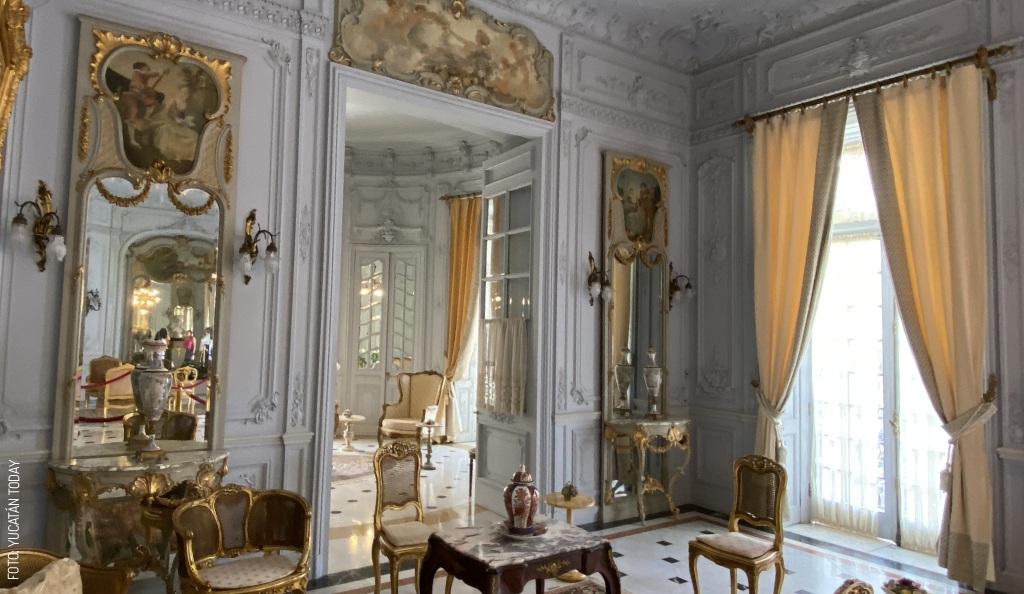
Paseo de Montejo Trust

All the travel guidebooks talk about Paseo de Montejo as the “Champs Elysees” of Mérida. Wikipedia describes that Parisian avenue as “a prestigious avenue with cinemas, cafés, luxury specialty shops and clipped chestnut trees.” Paseo de Montejo has the trees, a few hotels, and the occasional restaurant or café, but the majority of the buildings are banks, insurance companies, and abandoned mansions. (A notable exception is the Museum of Anthropolgy and History, housed in the magnificent Beaux-Arts style Palacio Cantón.) Many businesses would love to be located there, but the rents are probibitive.
A stroll down this still-beautiful, but once-vibrant, avenue is largely an exercise in nostalgia. Although Mérida was founded in 1542, Paseo de Montejo didn’t come to fruition until 1888. It was constructed to commemorate the founding of Mérida by Francisco de Montejo y León, and is by far the longest, most important avenue in Yucatán.
Thanks to Yucatán’s prosperity in the late 1800s, a result of the enormously lucrative henequén industry, many beautiful palaces and mansions were built along this splendid avenue. With the eventual demise of this industry, many of the mansions were abandoned and left in disrepair. As in many urban areas worldwide, Mérida has seen a trend of moving away from the city center, and many of the residential, shopping, and nightlife areas are located in the north part of town.
Many cities worldwide, notably Boston, MA, Portland, OR, and Vancouver, BC, have launched aggressive campaigns to revitalize abandoned urban areas, with great success. But Paseo de Montejo has largely been left to evolve in whatever way it would evolve, with no thought to preserving or protecting its original beauty. All that is about to change. A new group was formed recently with the goal of revitalizing the heritage of this lovely boulevard, from its “Inicio” at Calle 47 up to Monumento a la Bandera.
The Patronato de Paseo de Montejo (Patronato means Trust) was the brainchild of Rosas & Xocolate hotel owner Carol Kolozs, who has put an end to the myth that nothing works on the Paseo. Together with other people equally passionate about the Paseo, such as Alejandro Espinoza, the group’s president, a plan is being developed, and a proposal being designed. Architects Fernando Ancona, Salvador Reyes, and Alvaro Ponce are drafting a conceptual design that shows what the Paseo could—and should—be.
Galleries, restaurants, sidewalk cafés, bike paths, boutiques, and pedestrian spaces are part of the plan. Cars, yes, but in a way that co-exists with humanity rather than replacing it. As a first step, the Patronato’s goal is to simply stop the wave of abandonment. The Ayuntamiento has received the concept with openness. Budgets are one of their main concerns, so the Patronato’s plan will include some inexpensive ways to spruce up the avenue.
The Yucatan Today reader is asked to share in the vision. This is not just about tourism; it is a way to bring the Mérida community back to a place where they can “convivir”. And visitors like to go where the locals enjoy going. In the end, everyone shares in the wealth: with a revitalized Paseo de Montejo, the economic and social benefits reach far and wide.

Author: Alicia Navarrete Alonso
As a kid I heard that there's more to see than can ever be seen and more to do than can ever be done, so I set out to try. I'm passionate about knowledge and I love to share whatever my own is.
Receive the latest articles and much more from the best of Yucatán in your email!
Related articles

Nai Restaurant: The flavors of Galicia in Mérida, Yucatán
Nai, the restaurant located within the boutique hotel Delfina, offers an authentic Spanish culinary experience, using the finest local ingredients...
A Seven Day Stay: Homún, Chichén Itzá, Valladolid, San Felipe
Monday We’re starting off in Mérida. Discover two facets of the Maya culture in the Palacio Cantón Museum and Gran Museo del Mundo Maya. For dinner,...



